Identifying Water Damage
Identifying Water Damage: Key Tips for Homeowners
Do you need help identifying water damage? Recognizing water damage early can save you from costly repairs and prevent further issues. Water damage can occur in various areas of your home, often leading to significant problems if not addressed promptly. Here are some essential tips to help you spot water damage and protect your home:
1. Look for Discolored or Stained Walls and Ceilings
One of the most noticeable signs of identifying water damage is discoloration or stains on your walls and ceilings. These can indicate leaks from plumbing or roof issues. Dark or yellowish stains often point to water intrusion, which, if left untreated, can lead to mold growth and structural damage.
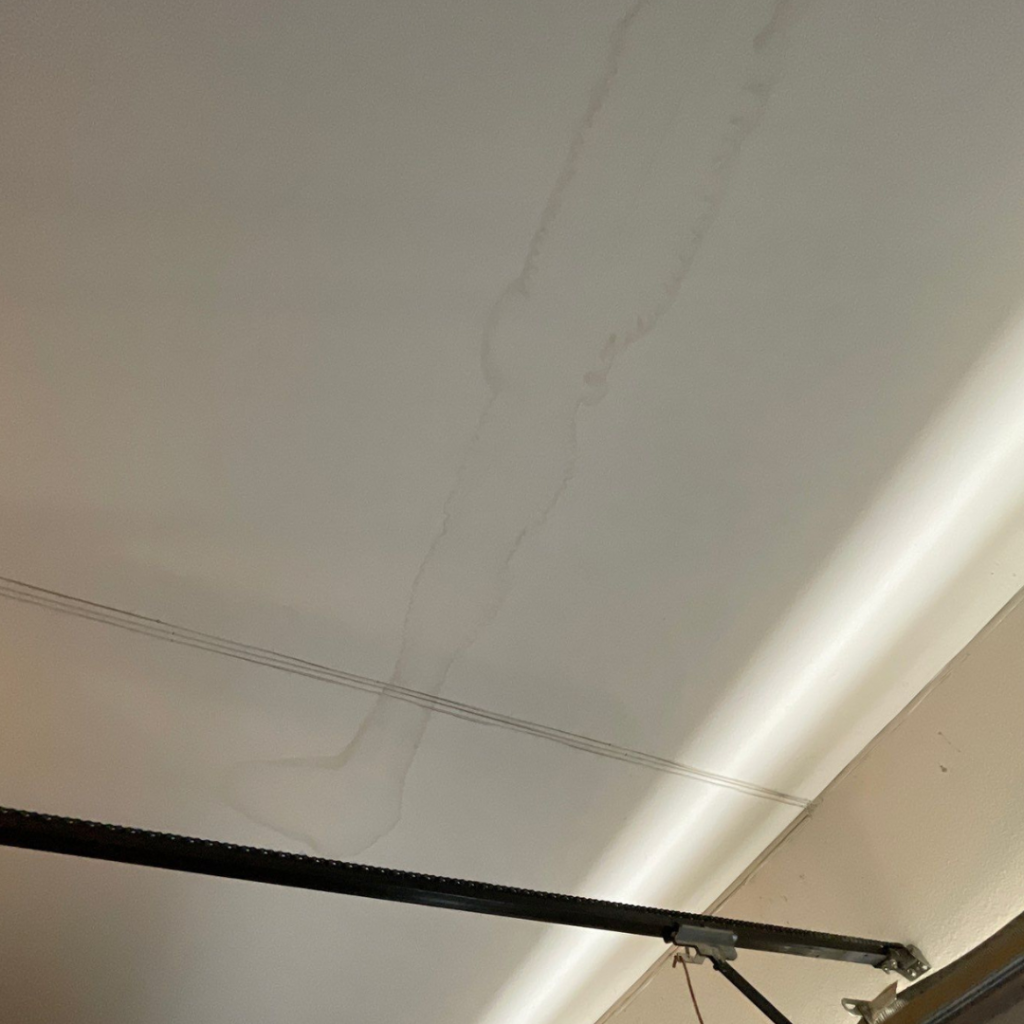
2. Check for Peeling Paint or Wallpaper
Peeling paint or wallpaper is another common indicator of water damage. Moisture behind the surface can cause the adhesive to weaken, resulting in peeling or bubbling. If you notice any areas where paint or wallpaper is coming off, investigate further to determine if water is the culprit.
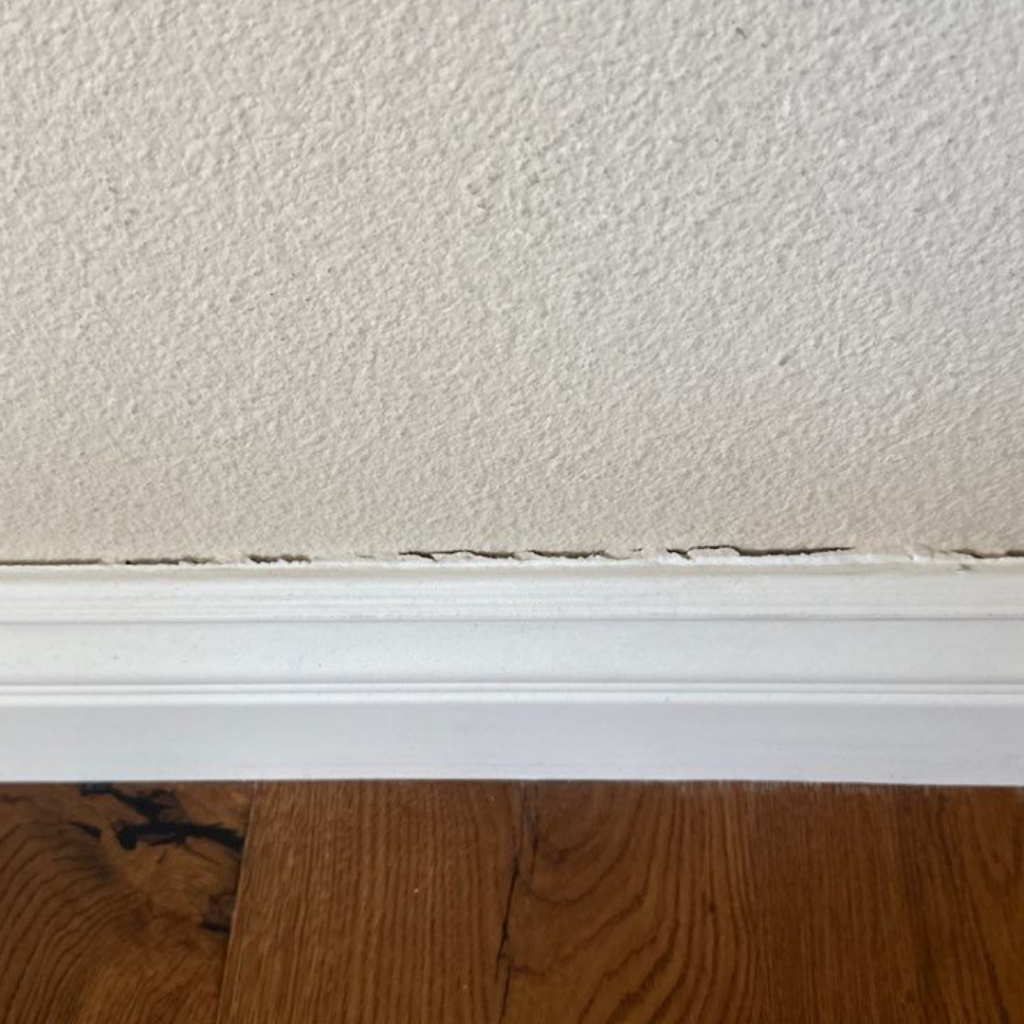
3. Pay Attention to Musty Odors
Musty odors are often a telltale sign of mold growth, which typically accompanies water damage. If you detect a persistent musty smell in certain areas of your home, it’s essential to inspect those areas for hidden water damage. Mold can pose health risks and should be addressed immediately.
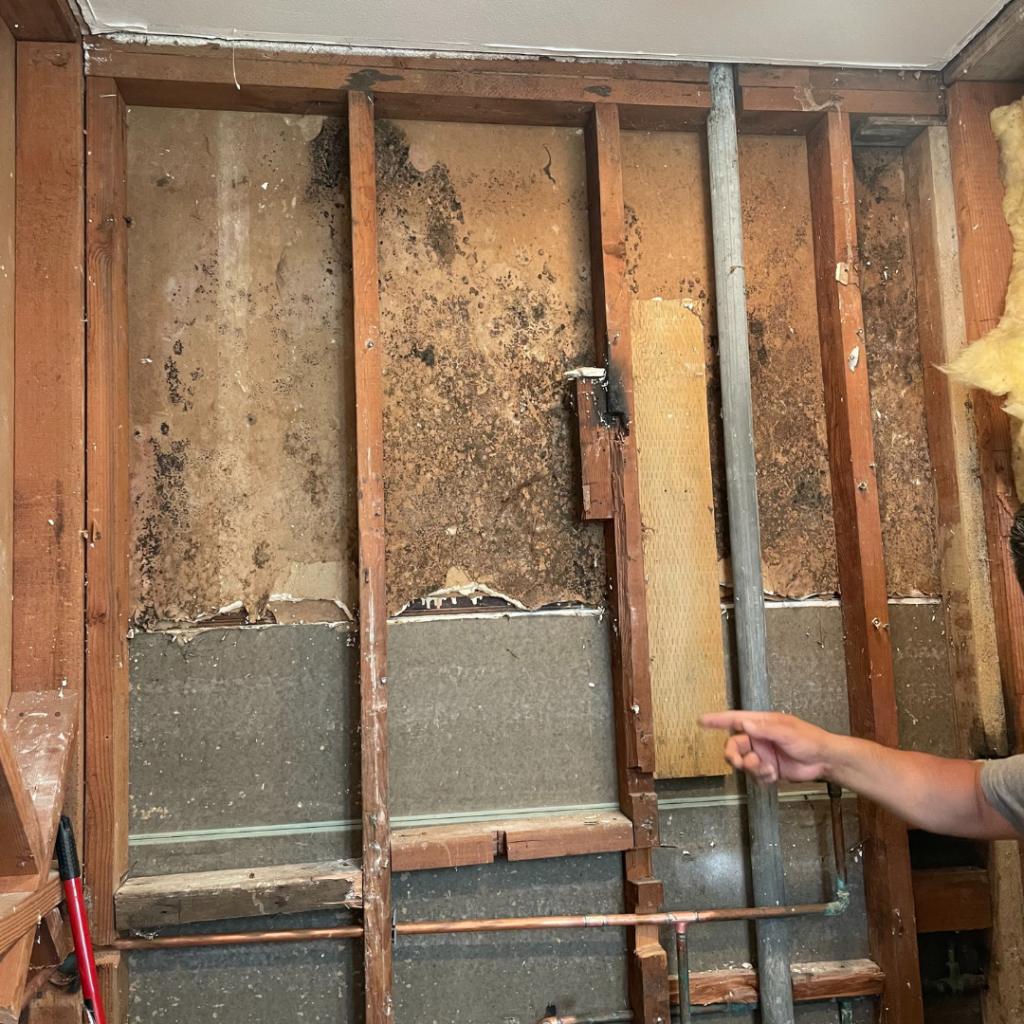
4. Inspect Your Flooring for Warping or Buckling
Water damage can also affect your flooring. Warping, buckling, or soft spots in your floors can result from prolonged exposure to water. Check areas near windows, doors, and plumbing fixtures regularly. If you notice any irregularities in your flooring, it may be time to investigate for underlying water issues.
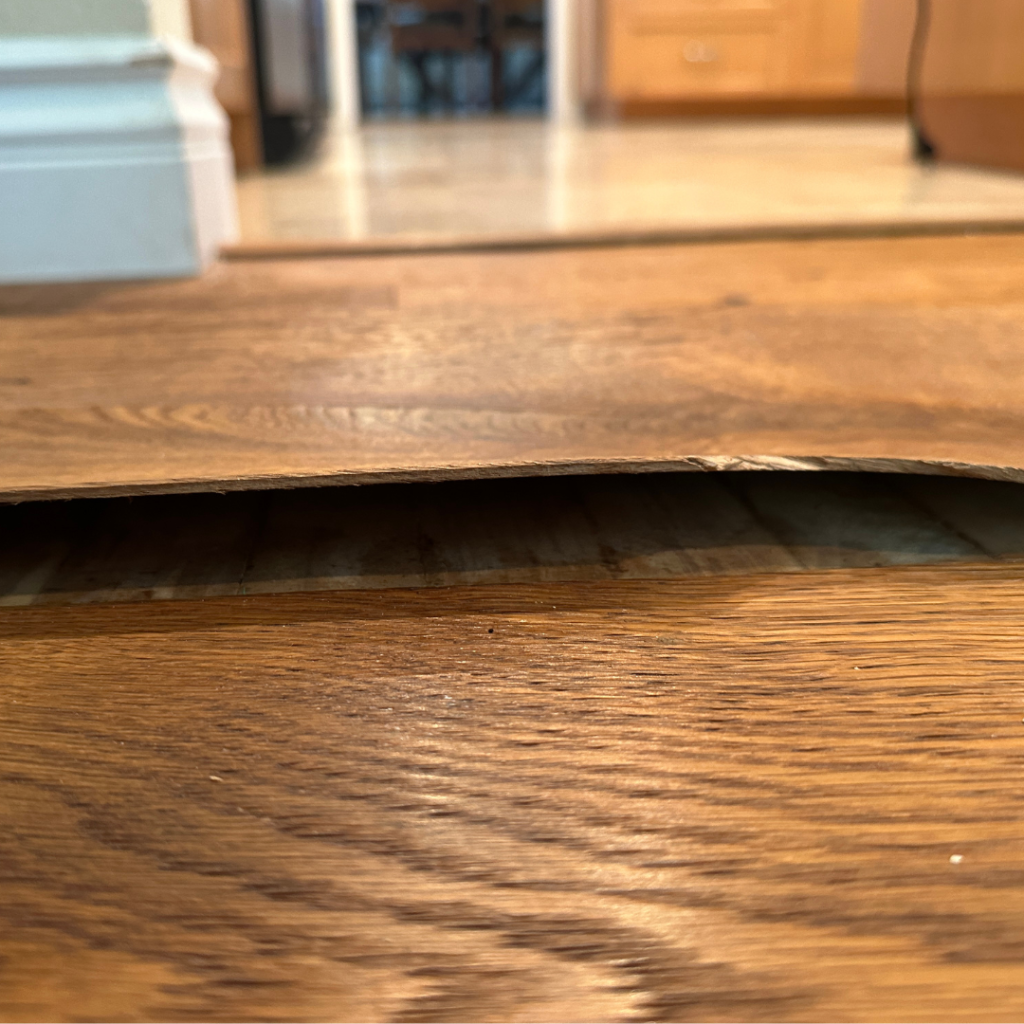
5. Examine Your Home’s Exterior
Sometimes, identifying water damage starts outside your home. Inspect your roof for missing or damaged shingles, which can allow water to seep in. Additionally, check the foundation and exterior walls for cracks or signs of moisture. Proper drainage around your home is crucial to prevent water from accumulating near the foundation.
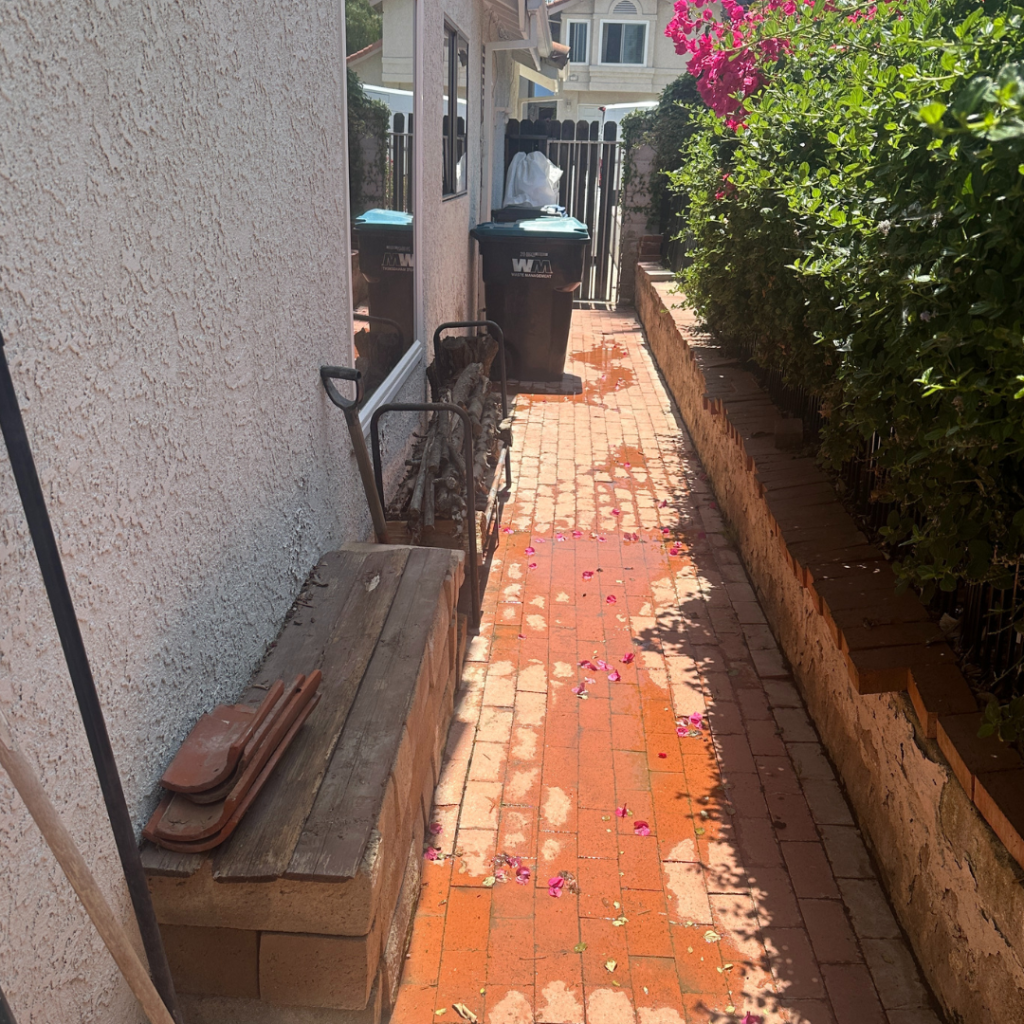
6. Monitor Your Water Bills
An unexpected increase in your water bill can indicate a hidden leak. If you notice a significant spike in usage without any apparent reason, it’s wise to inspect your plumbing system for leaks. Early detection can prevent extensive damage and high repair costs.
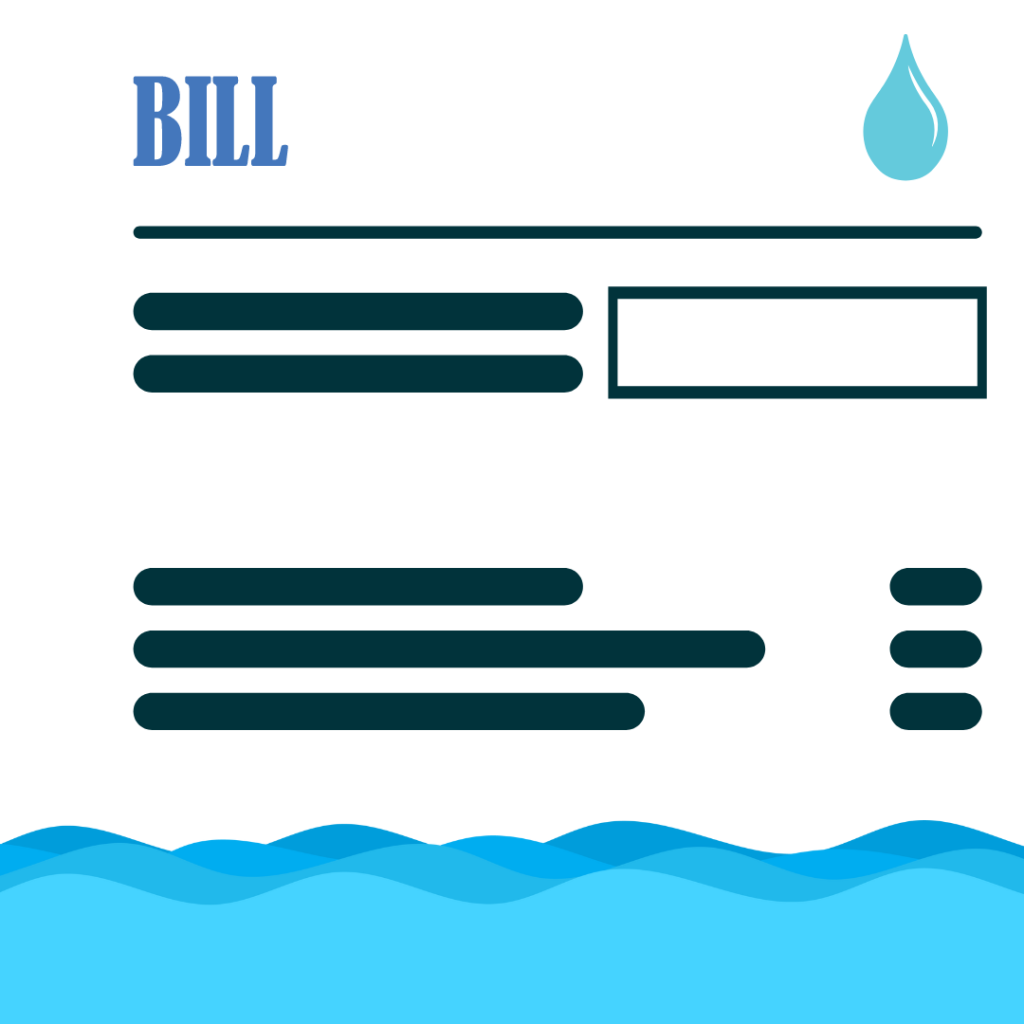
7. Inspect Your Attic and Basement
These areas are particularly susceptible to water damage. In the attic, to identifying water damage look for signs of leaks, such as water stains or damp insulation. In the basement, check for cracks in the walls or floor, damp spots, and mold growth. Regular inspections can help you catch issues early and take appropriate action.
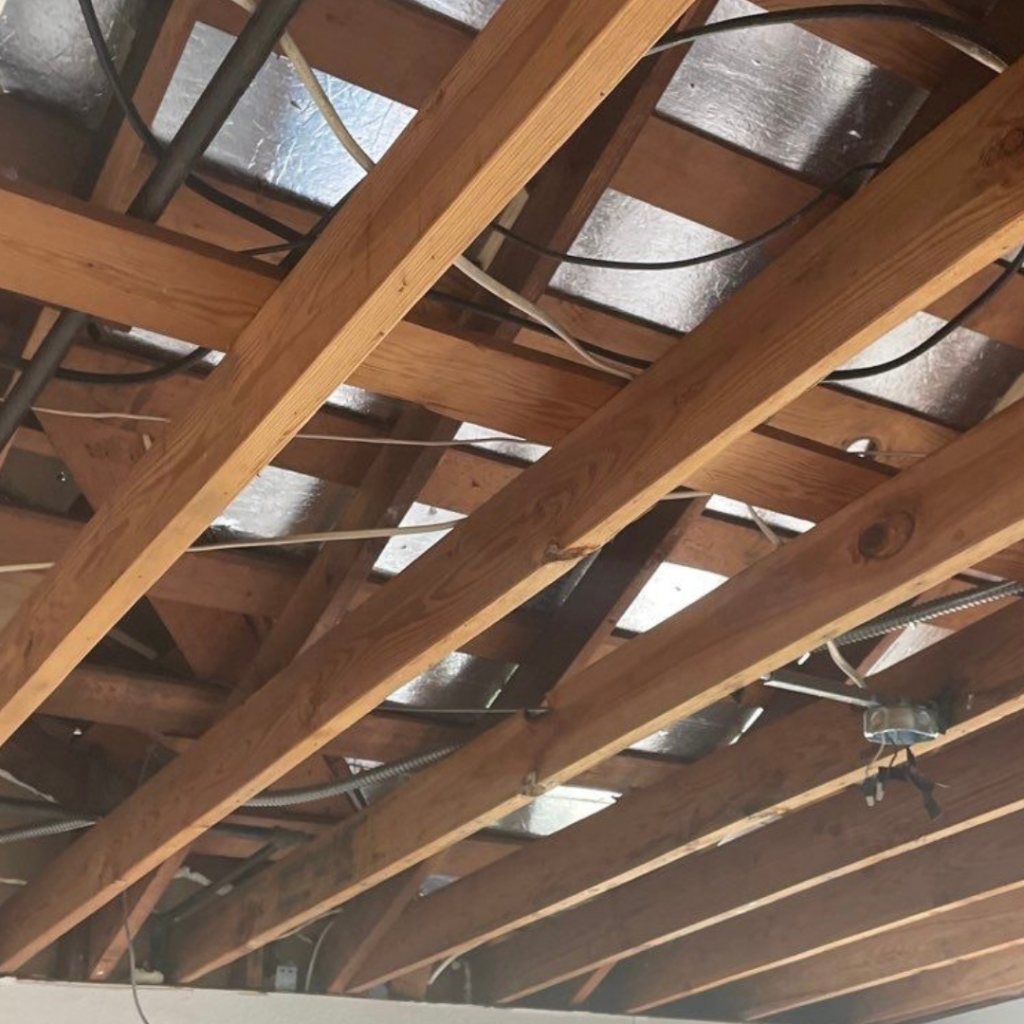
In Closing,
Identifying water damage early is crucial to maintaining a safe and healthy home. By staying vigilant and recognizing the signs of water damage, you can address problems promptly and prevent further damage. Look for discolored walls and ceilings, peeling paint or wallpaper, musty odors, warped flooring, and any exterior issues. Additionally, keep an eye on your water bills and inspect your attic and basement regularly.
Taking these proactive steps will help you protect your home and save on costly repairs. If you suspect water damage, act quickly to mitigate the effects and safeguard your property. Remember, early detection is key to preventing extensive damage and ensuring your home remains a safe and comfortable place to live.
